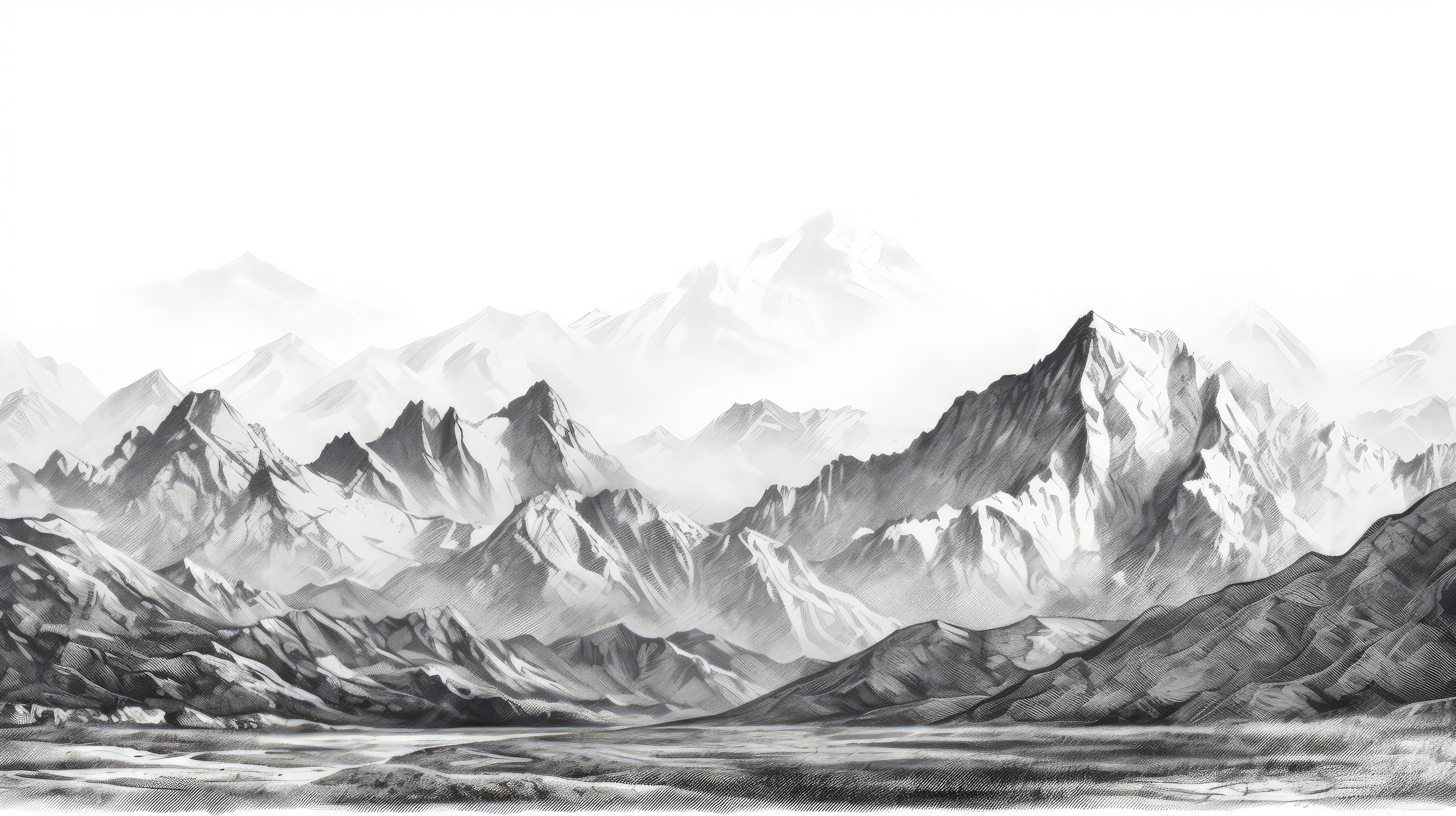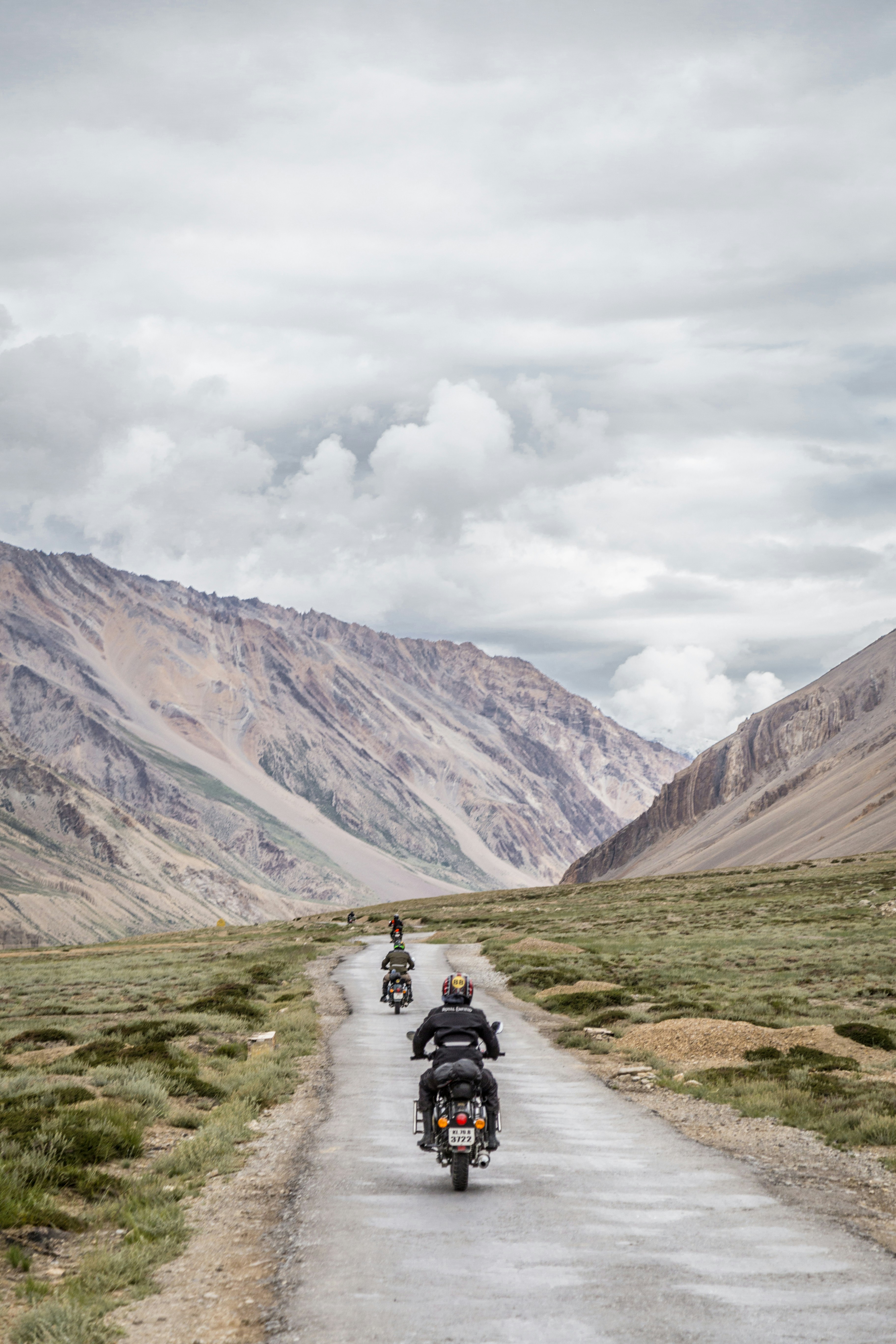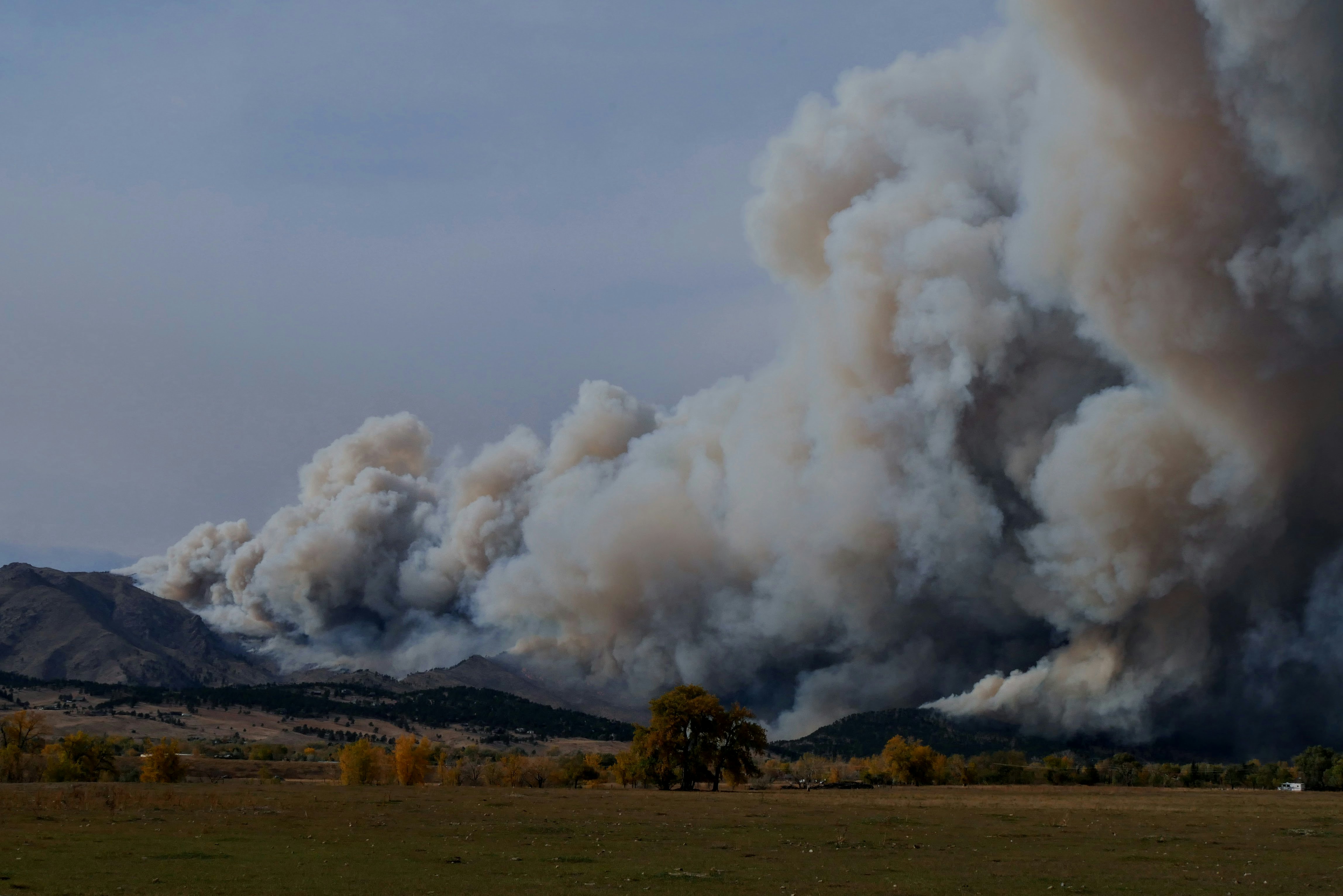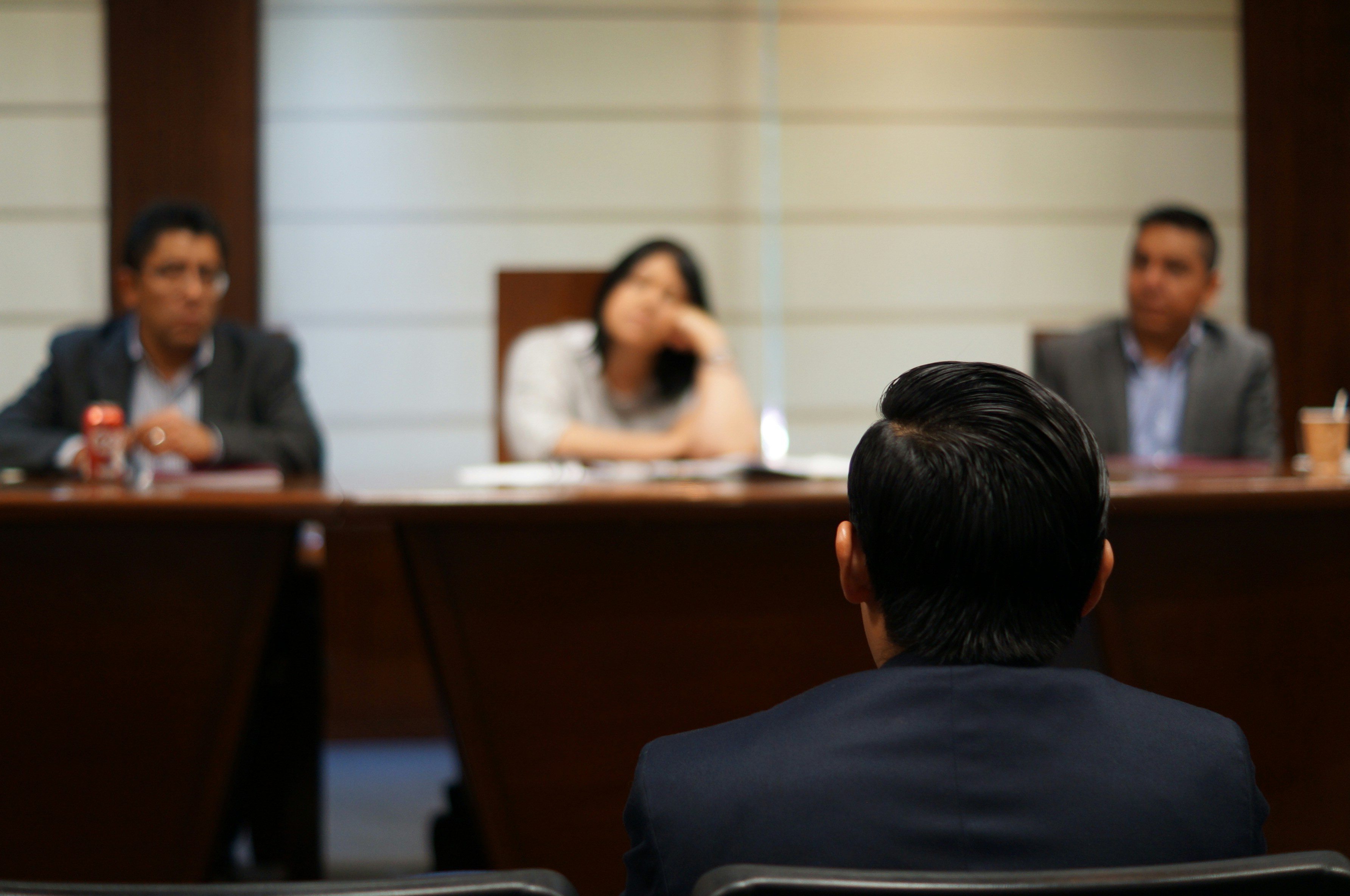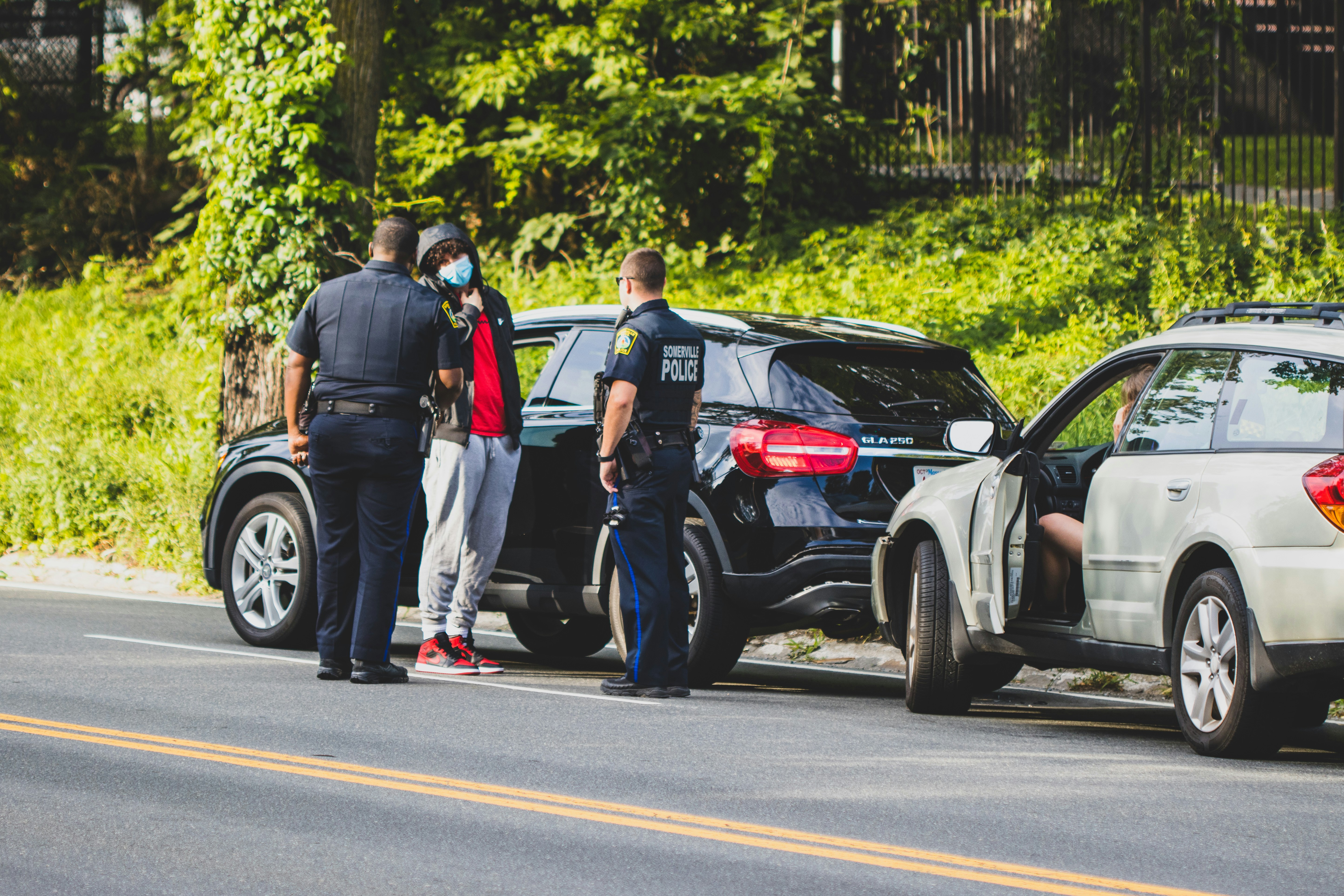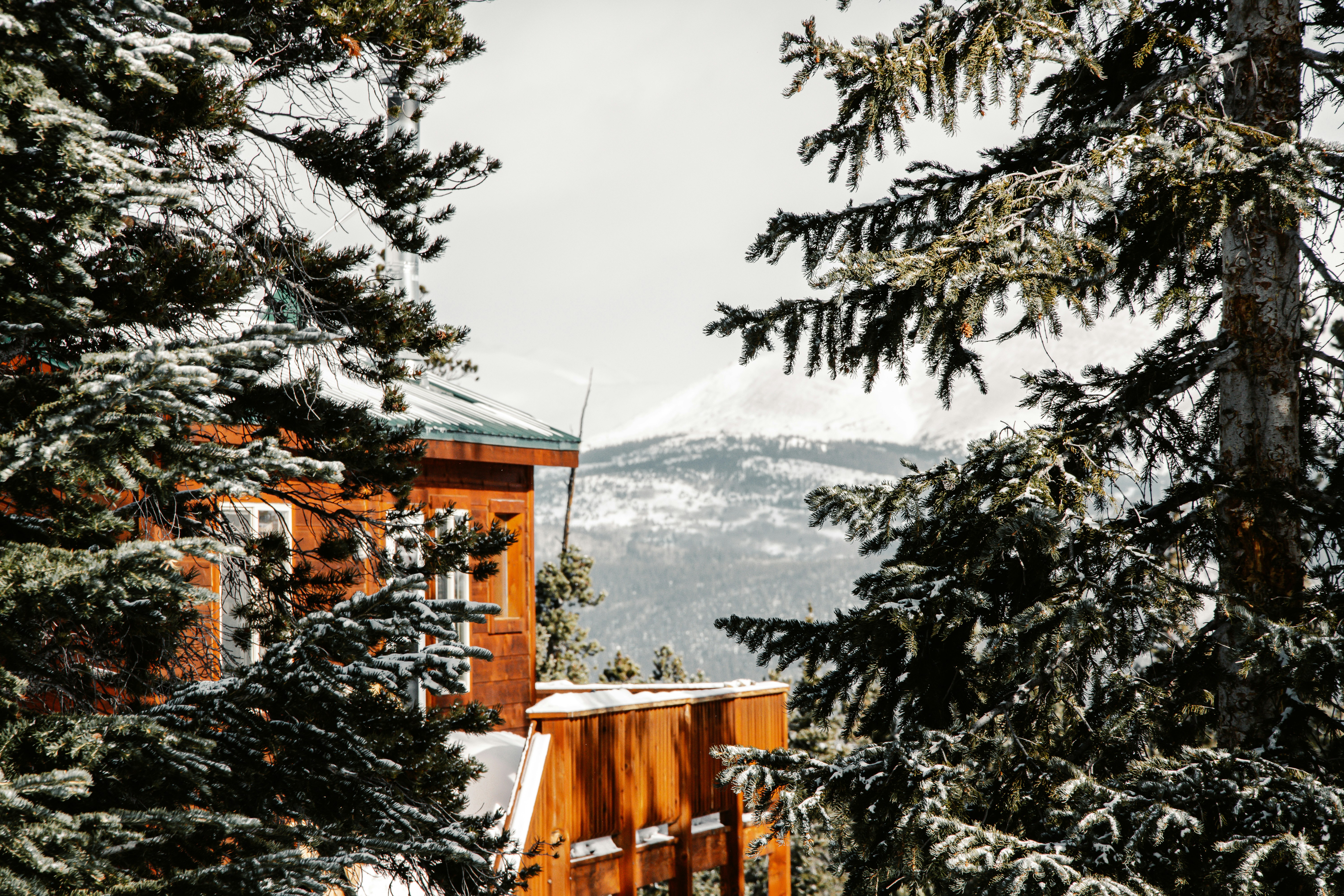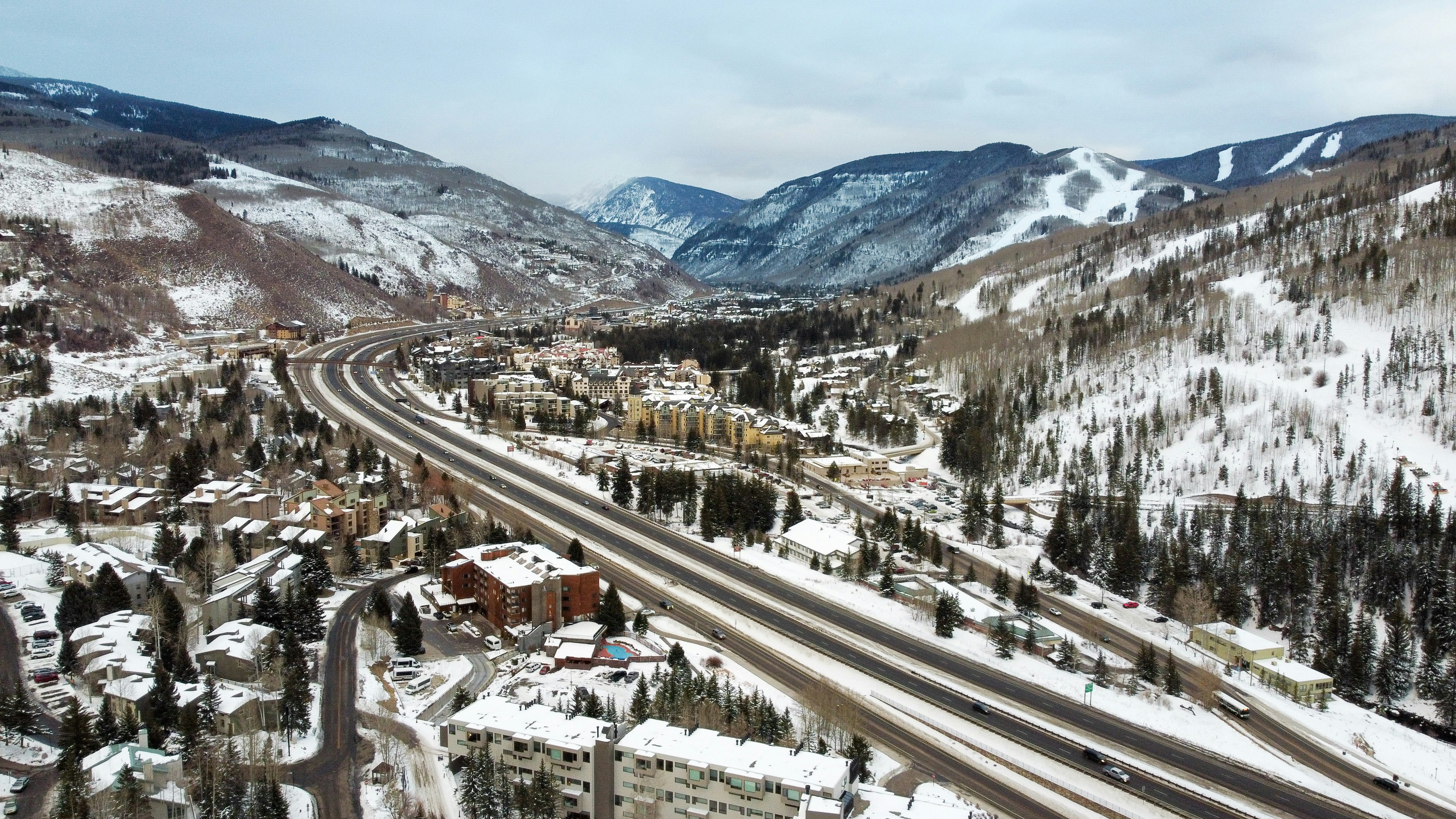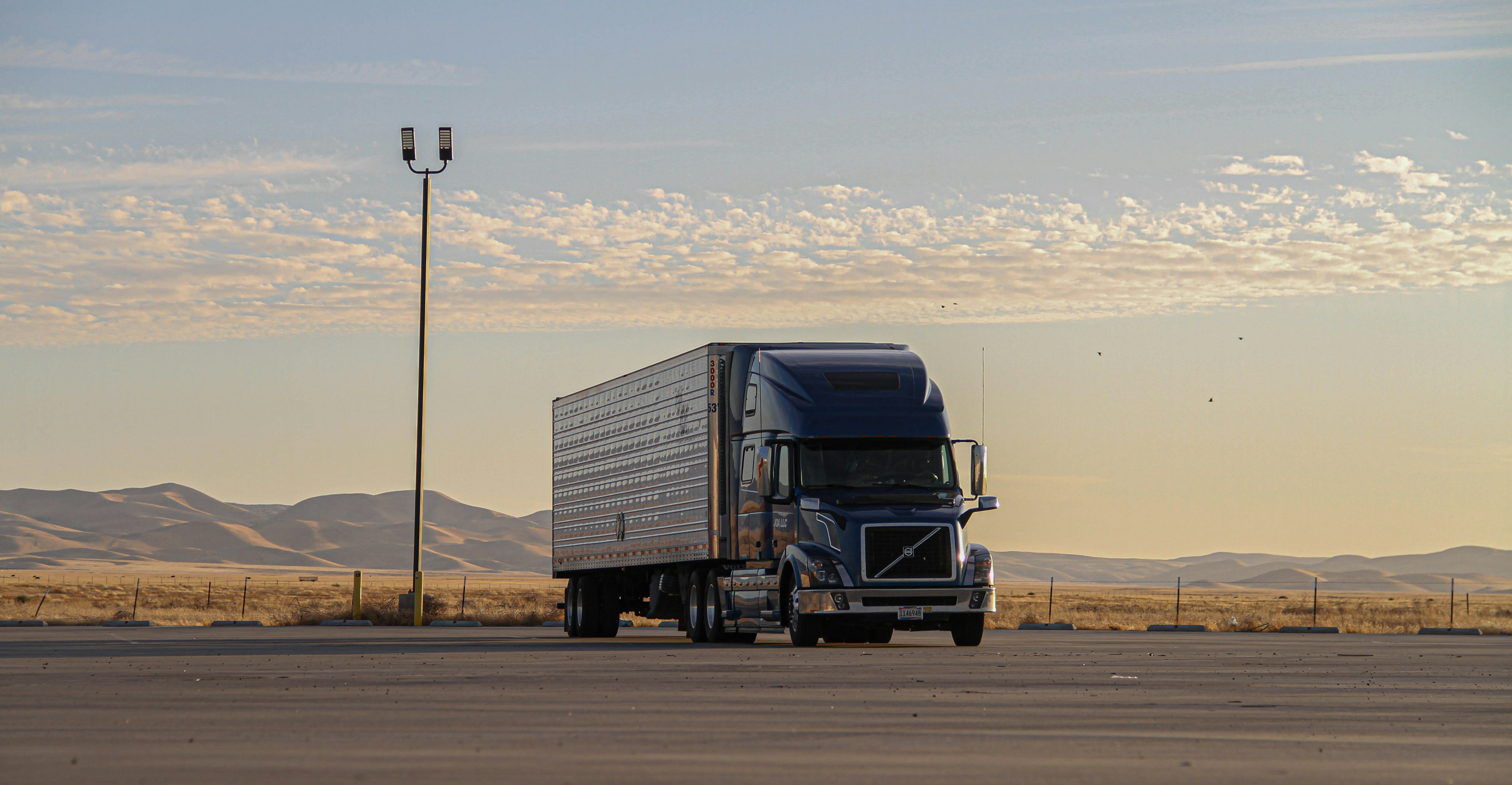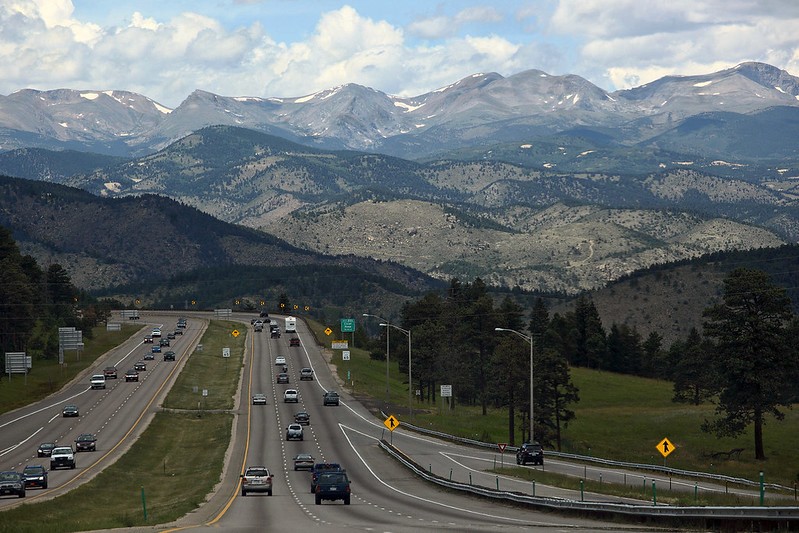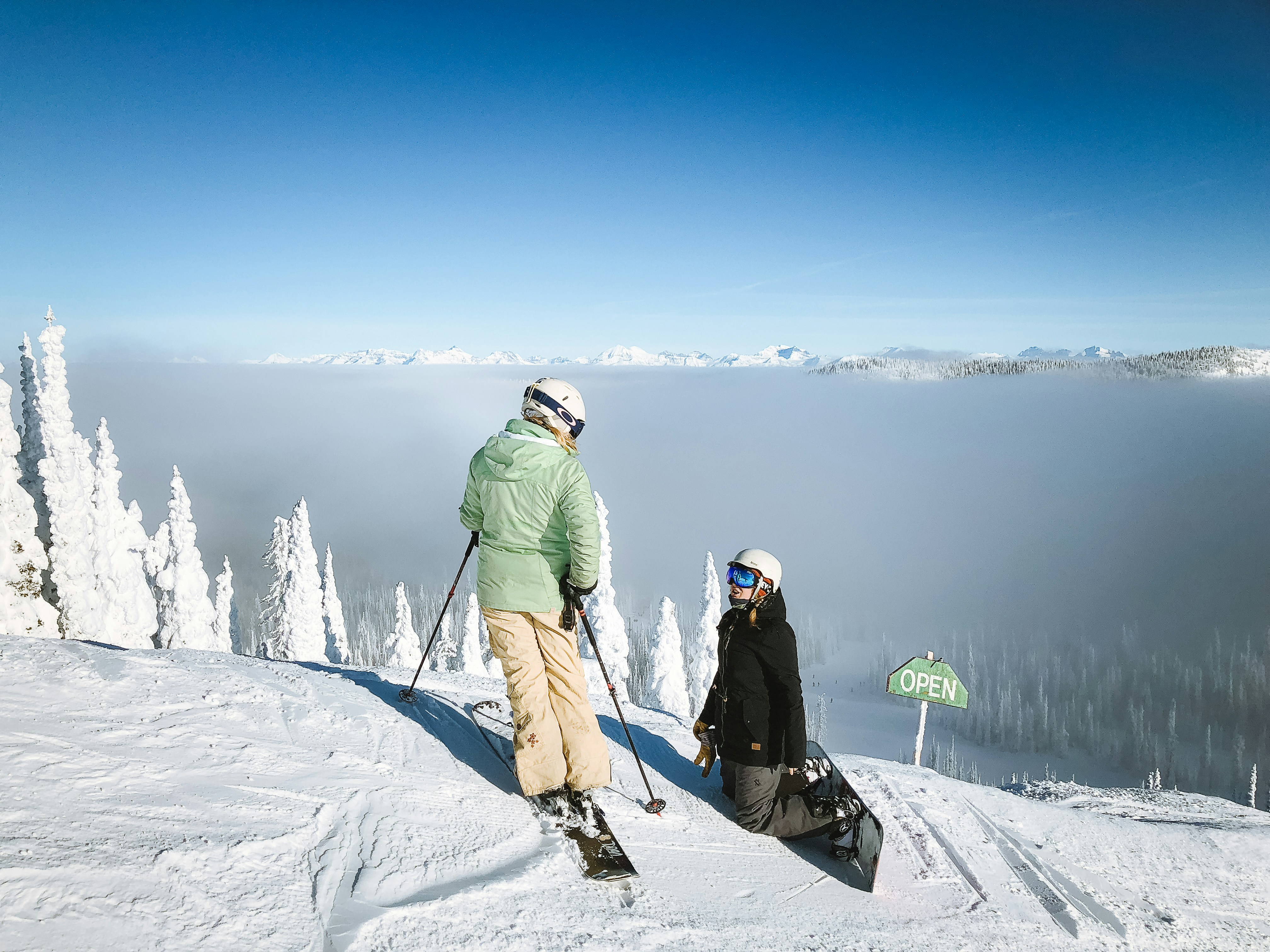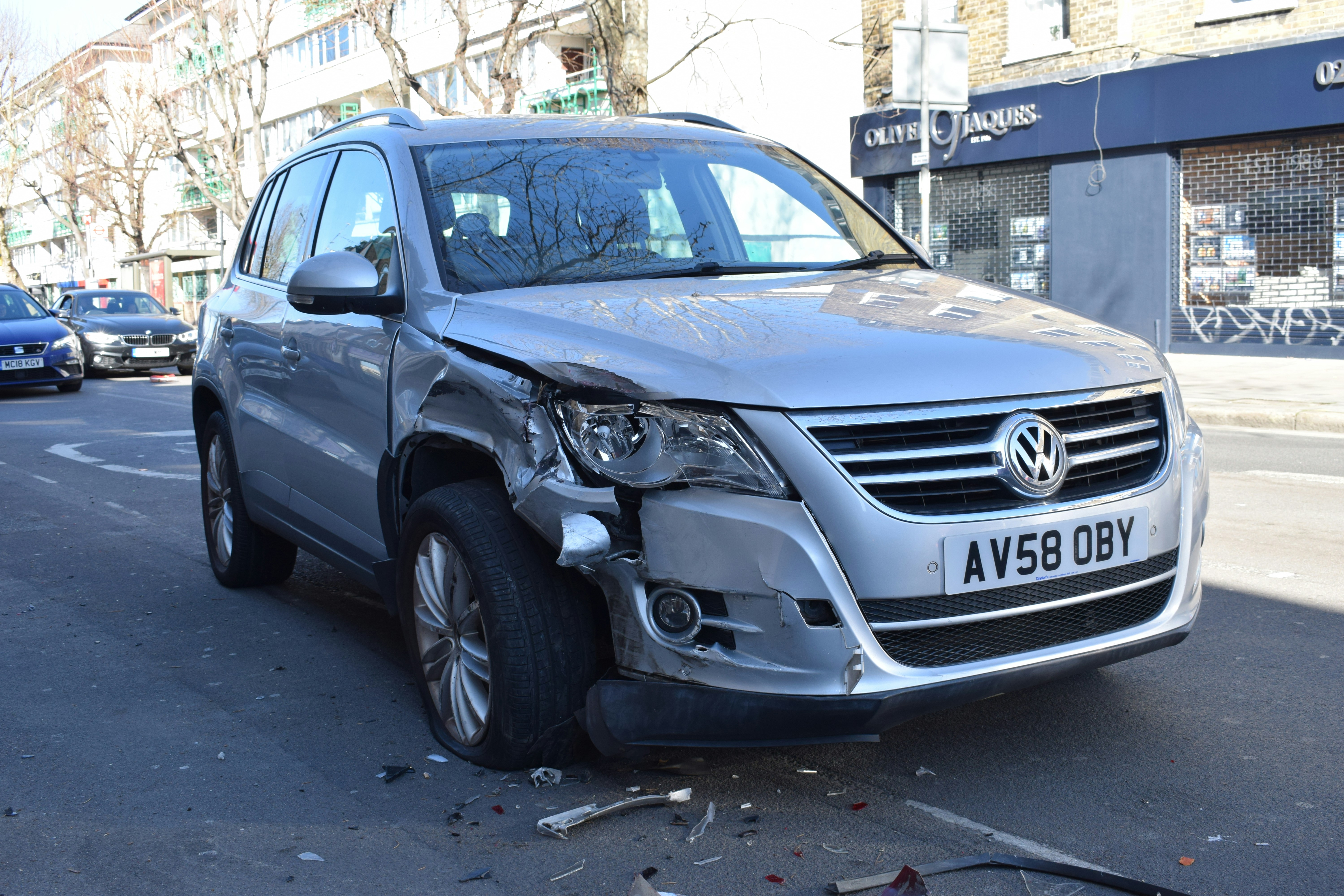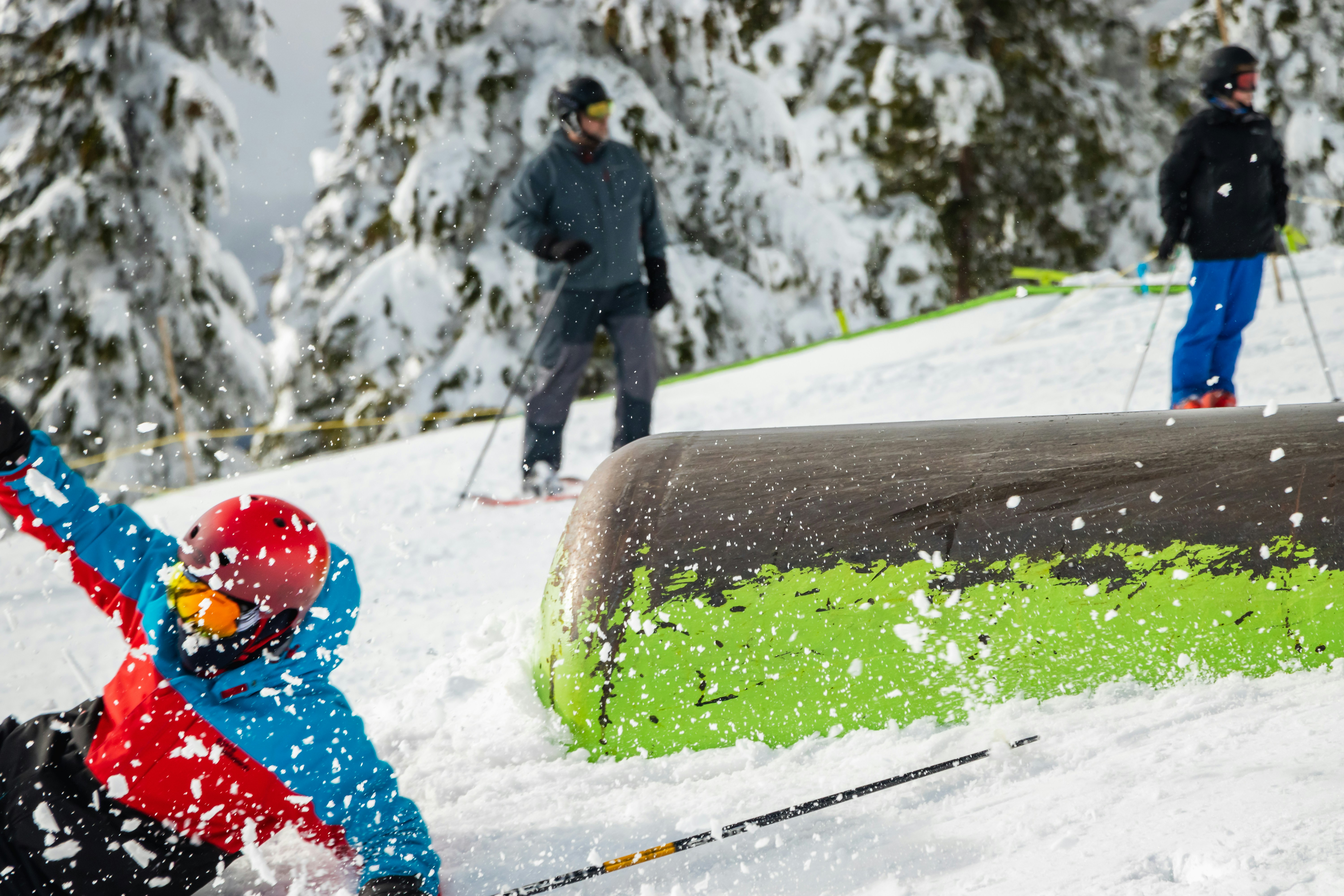Your Guide to Handling Dangerous Conditions on Property
Post date :
January 14, 2024

Founder, Western Slope Law
Accidents caused by dangerous property conditions are a significant public safety concern in Colorado. In fact, falls are the leading cause of injury-related hospitalizations for Coloradans of all ages and the third leading cause of injury-related deaths statewide. Over the past five years, Colorado has seen hundreds of serious injuries from hazards like slippery ice, wet floors, and unstable structures.
Recent incidents underscore how dangerous unsafe premises can be. In one case, a rotted deck collapsed during a family gathering in southern Colorado, injuring four people and sending two to the hospital. In another, a truck driver making a delivery in Greeley slipped on a grease-covered loading dock resulting in a jury awarding $10 million in damages for her permanent back injuries. These cases drive home the point that property hazards can have life-altering consequences.
Common Causes of Premises Liability Accidents
Property owners in Colorado are legally required to maintain reasonably safe conditions on their premises. When they fail to do so, a wide range of hazardous conditions can lead to injuries. Below are some of the most common causes of premises liability accidents in Colorado:
Icy or Snowy Walkways
The danger is clear: pedestrians regularly suffer fractures, head injuries, and other trauma from slipping on untreated ice. Property owners and businesses must use ice melt, sand, and timely shoveling and/or plowing to reduce this risk. During Colorado’s winters snow and ice accumulation is a leading hazard. Sidewalks, driveways, and parking lots can become slick ice rinks if not promptly cleared. Falls on icy sidewalks are so prevalent that some municipalities have enacted strict rules. Colorado Springs not only fines property owners who don’t shovel their sidewalks but also holds them primarily civilly liable if someone falls on an uncleared sidewalk.
Wet Floors and Spills
Slick floors indoors are another major cause of injuries. Spilled liquids, recently mopped surfaces with no warning signs, or leaks can all create invisible slip hazards. Common scenarios include supermarket produce drops, restroom water leaks, or freshly waxed floors without caution signage. Even small puddles can cause a person to suddenly lose footing and fall hard. Business owners are expected to perform regular inspections and promptly address or isolate wet areas.
Uneven Surfaces and Broken Stairs
Many injuries happen because of tripping hazards or structural disrepair. Broken or crumbling stair steps, loose or missing handrails, torn carpeting, potholes in parking lots, or uneven sidewalk panels. These hazards can cause a person to trip forward or stumble down stairs, often resulting in serious injuries. Property owners must fix such defects within a reasonable time or at least warn visitors. If they fail to do so, they may face liability for any injuries. Many trip-and-fall lawsuits arise from conditions that the owner should have repaired, such as a railing that had been shaky for months or a sidewalk crack that violated safety codes.
Inadequate Lighting
Poor lighting doesn’t cause injuries by itself, but it contributes significantly by concealing hazards. Dim or burnt-out lights in hallways, stairwells, parking lots, or building entryways make it hard for visitors to see obstacles. Many slip/trip accidents in apartment complexes and parking garages occur at night in poorly lit areas. In these situations, property owners can be held responsible for failing to illuminate the premises properly. Ensuring adequate lighting is a basic safety measure expected of owners.
Structural Failures (Collapsing Decks, Roofs, etc.)
A particularly frightening cause of injury is the collapse of a structural element of the property. These incidents are relatively rare but often result in severe injuries when they do occur. Decks, balconies, porches, ceilings, and other structures can give way if they are rotting, rusted, or overloaded beyond their design. Colorado’s climate, with heavy snow loads and seasonal temperature swings, can weaken structures over time if not properly maintained.
Inadequate Security and Supervision
Not all dangerous conditions are purely “physical” defects – sometimes the danger on a property comes from people or a lack of safeguards against foreseeable crime or mishaps. Colorado premises liability law can hold landowners accountable for injuries caused by third parties in certain situations. A common example is negligent security: if a business knows about frequent violent crime in the area but fails to provide lighting, fencing, or security patrols, a visitor who is assaulted on the property might have a claim against the owner for not taking basic precautions.
Who Can Be Held Liable for Dangerous Conditions on Property?
When someone is injured due to an unsafe condition on property, a natural question arises: who exactly is legally responsible? The answer can be surprisingly broad. Under Colorado’s premises liability laws, the term “landowner” extends to more than just the person who holds title to the property. Essentially, any person or entity in possession of the property or responsible for maintaining the condition of the property can potentially be held liable.
Property Owners: The owner of the premises is the primary party responsible for keeping it safe. If you own a retail shop in Grand Junction, for example, you’re responsible for hazards on your sales floor, entryway, parking lot, etc. Many premises liability claims are brought directly against the owner for failing to maintain the property.
Businesses and Tenants in Control: Often, the party in control of the property day-to-day is a tenant. Commercial leases often make the tenant responsible for maintenance and repairs inside the leased space. So if you slip on a wet floor inside a chain grocery store, you would likely pursue the grocery company that operates the store, even if they rent the building from someone else. In some cases, both the tenant and the actual property owner could share liability. Colorado law allows plaintiffs to sue multiple responsible parties, and they can sort out their respective shares of fault.
Landlords and Property Managers: If you live in an apartment or rent a house, the landlord or property management company has certain duties to keep common areas safe. If a tenant or guest is injured in a common area due to poor maintenance the landlord can be held liable as the landowner. Property management companies acting on behalf of owners can likewise be liable. If an HOA or management firm is contracted to maintain the property and fails to do so, they could share in the responsibility.
Contractors or Third Parties Maintaining the Property: Sometimes a hazard is created or left unaddressed by someone other than the owner or tenant. For example, a snow removal contractor might negligently pile snow in front of a drainage grate, which later melts and refreezes into ice. Or a cleaning company might wax a floor but not put out warning signs. At the very least, such contractors can be sued for ordinary negligence. This means an injured person might sue both the property owner and the snow removal company, for instance.
Employees or Individuals Responsible on Site: Though individual employees are usually not named, there are cases where an employee’s actions are central. Typically, the employer will be on the hook for employee negligence on the job. However, if an employee intentionally created a hazard or acted outside the scope of their job, they could personally face liability.
Types of Damages Recoverable by Injured Victims
When a premises liability claim proceeds the next question is: what can the injured person recover? Colorado law allows a range of damages to make the injured party “whole,” covering both the direct economic costs of the injury and the more intangible harms. In a serious slip-and-fall or similar accident, the damages can be substantial.
Medical Expenses
These are often the foundation of a damages claim. The injured person is entitled to recover all medical costs incurred due to the accident, from the ambulance ride and emergency room care immediately after the fall, to hospital bills, surgery costs, doctor visits, medication, medical equipment, and rehabilitation/physical therapy. Future medical expenses can also be claimed if the injury requires ongoing care.
Even seemingly minor injuries can generate large medical bills – a broken hip from a slip might require surgery and weeks of rehab, easily running into tens of thousands of dollars. In the case of a Walmart delivery driver who slipped on grease, her medical treatments and surgeries for severe back injuries were a significant component of her $10 million award. Colorado, like most states, allows the plaintiff to recover the reasonable value of medical services.
Lost Income and Earning Capacity
If an injury forces someone to miss work, they can recover their lost wages for the time missed. Beyond the wages up to trial, there may be loss of future earning capacity. If the injuries have long-term effects that limit the person’s ability to work or advance in their career, the law provides compensation for that loss of earning potential. It’s not uncommon for life-altering injuries to yield several hundred thousand or even millions of dollars in lost future earnings, especially for younger plaintiffs or those in high-paying careers cut short.
Pain and Suffering
Not all consequences of an injury are monetary. The law recognizes that physical injuries cause real pain, suffering, inconvenience, and loss of quality of life, and victims deserve compensation for these noneconomic damages. In a premises liability case, pain and suffering often constitutes a large portion of the award, especially when injuries are severe or long-lasting. For example, someone who loved hiking and skiing may no longer be able to enjoy those activities after a bad fall; or they may suffer chronic pain and depression from their injuries. These human damages are real, even if they don’t come with receipts. Colorado imposes caps on noneconomic damages in most cases of roughly $613,760 as of 2025, unless a judge finds clear justification to exceed the cap up to a higher limit.
Emotional Distress and More
Serious accidents can also lead to psychological injuries like post-traumatic stress disorder, anxiety, or depression. While these are generally folded into “pain and suffering,” they can be specifically highlighted. For instance, someone who was stuck under debris in a collapse may develop severe anxiety or nightmares (psychological trauma). A victim of a violent crime due to negligent security could have PTSD. Colorado allows recovery for these emotional harms as part of noneconomic damages. In some cases, plaintiffs will undergo counseling or psychiatric treatment, and those medical costs can be claimed under medical expenses, while the intangible aspect (the emotional suffering) is compensated as part of pain and suffering.
Wrongful Death Damages
If a dangerous property condition causes a fatality, Colorado’s wrongful death statutes come into play. The family of the deceased can recover damages for the loss of their loved one. While this is a separate type of case, it’s worth noting because premises accidents do sometimes (and tragically) result in deaths. In a Breckenridge ski lift incident, the victim’s wife filed a wrongful death lawsuit in 2025, which sought damages for losing her husband.
Hire a Premises Liability Lawyer for Cases Like These
The Western Slope, with its unique weather and terrain, experiences its share of these incidents, but the legal principles apply statewide: landowners have a duty to keep their premises reasonably safe for those who lawfully come upon them. However, pursuing a premises liability claim is rarely simple. If you’ve been injured on someone else’s property, Western Slope Law can help navigate the intricacies of Colorado law. With thorough gathering of evidence and expert analysis you’ll have a much better chance of receiving the compensation you deserve after an injury.
